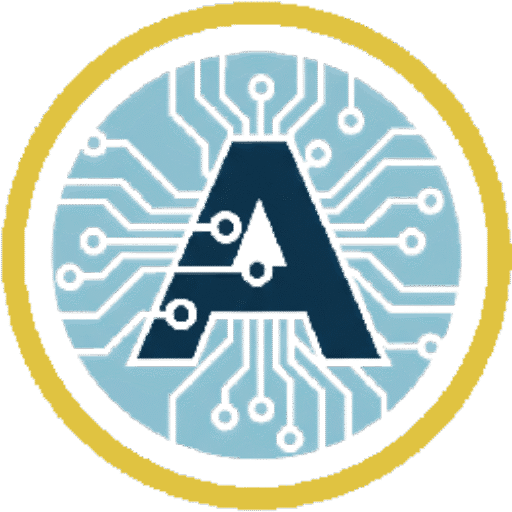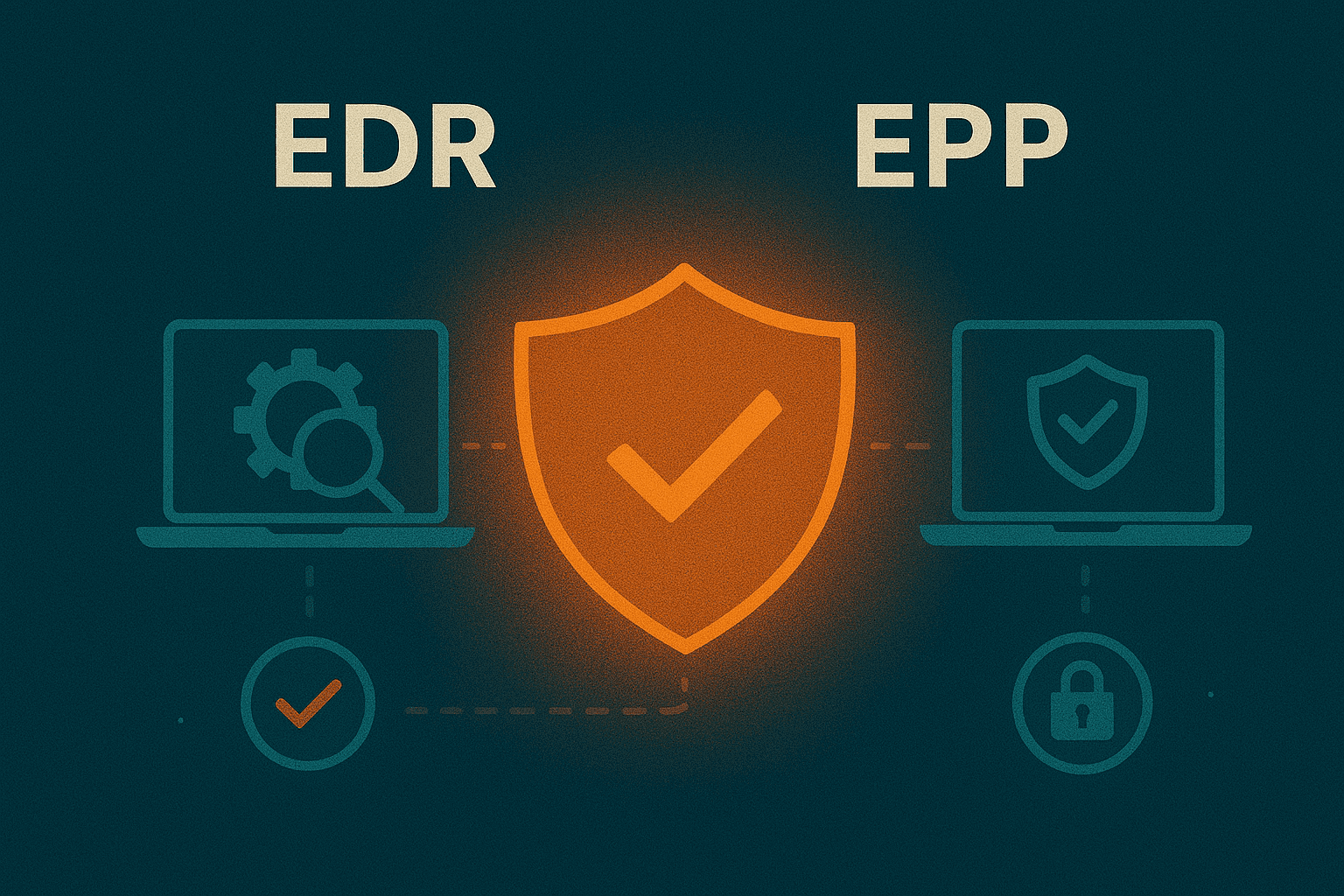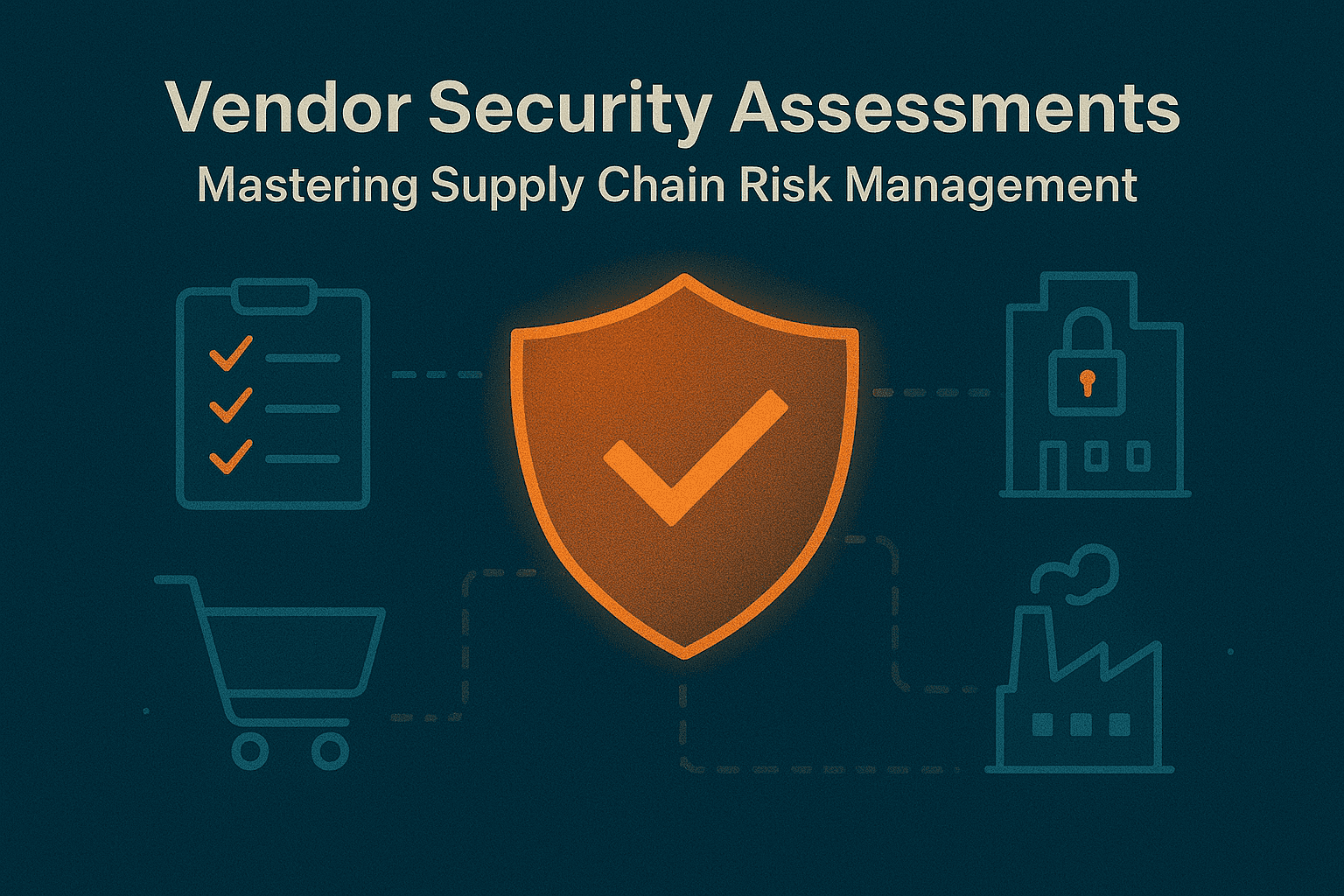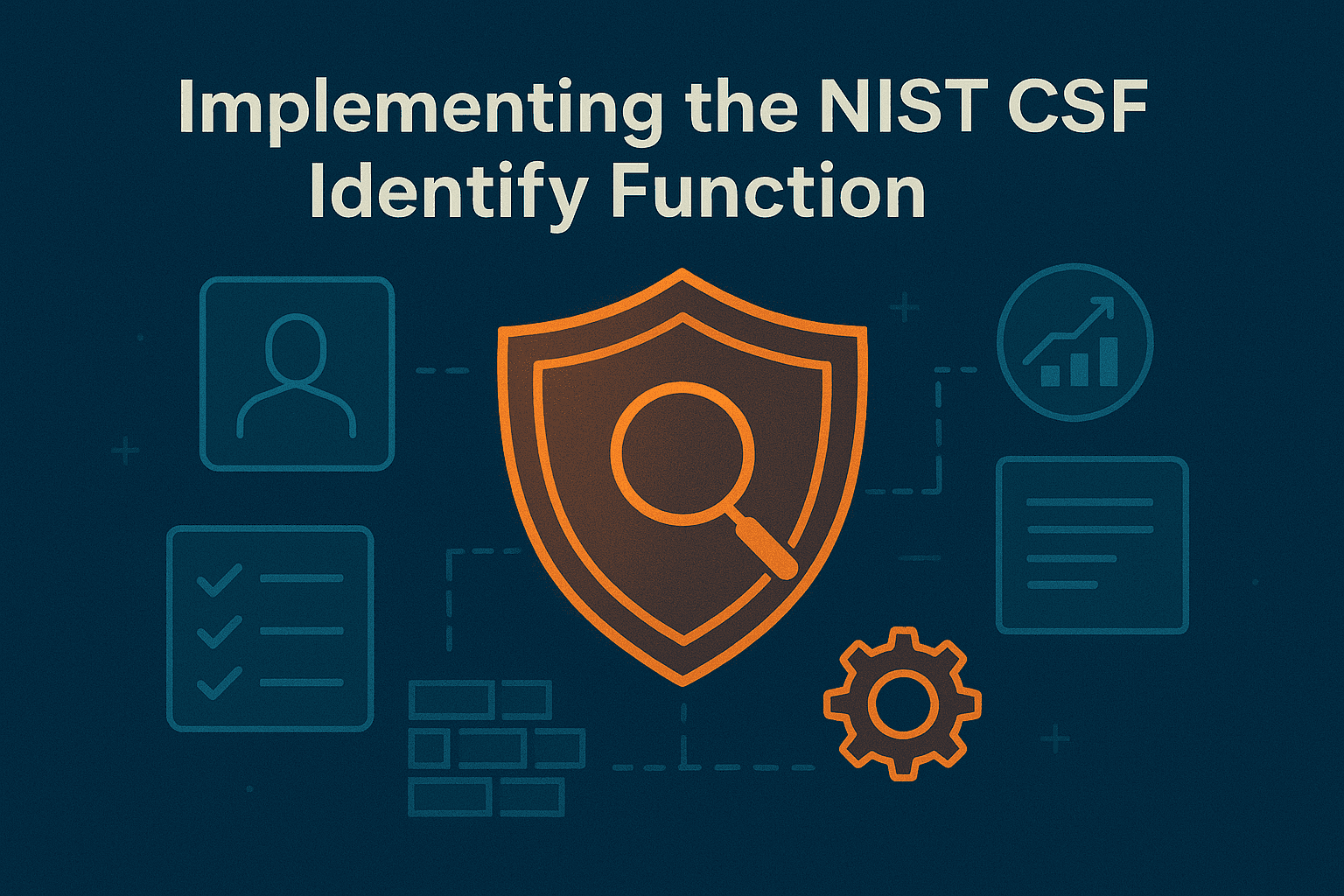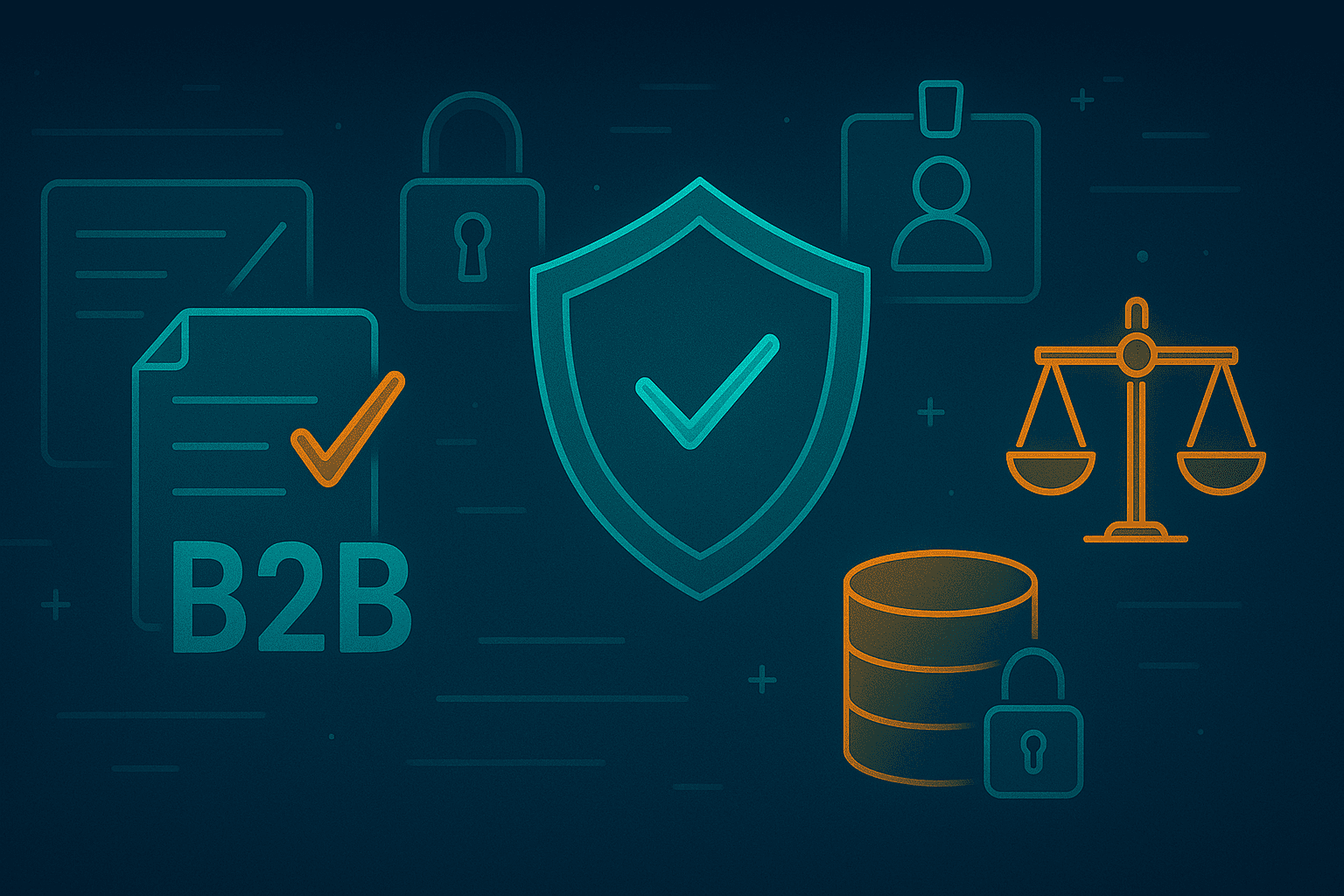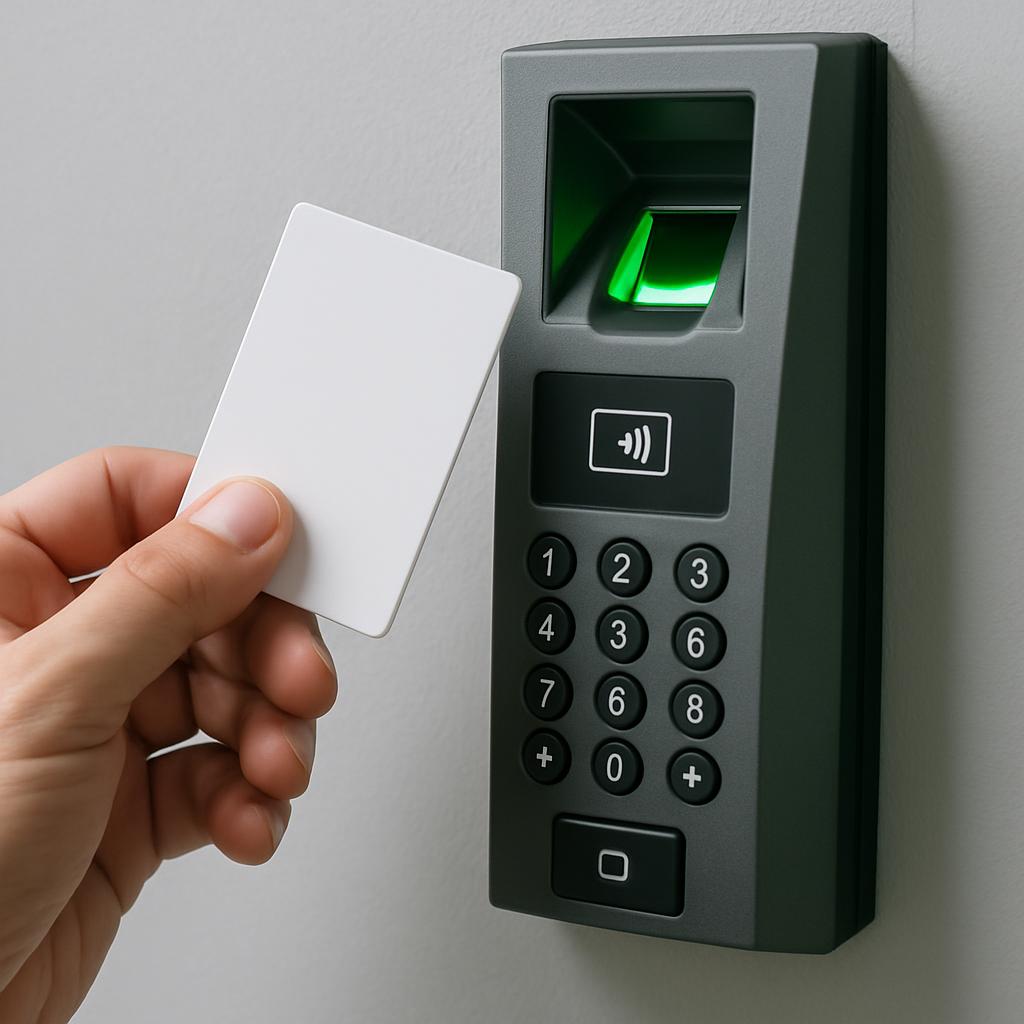Category: Security
-

In the modern Security Operations (SecOps) center, the sheer volume of data is the primary enemy. Firewalls, servers, cloud workloads, and endpoints generate millions of log entries every day. Relying on humans to manually sift through this noise to find a genuine threat is impossible. To solve this, organizations deploy two critical technologies: Security Information…
-

In the traditional “castle-and-moat” network security model, the primary focus was on defending the perimeter. Once an attacker breached that outer wall, the internal network was often “flat,” allowing them to move freely between servers, databases, and applications. This technique, known as lateral movement, is the primary method attackers use to turn a minor breach…
-

Multi-Factor Authentication (MFA) is the most effective single control an organization can implement to prevent unauthorized access and mitigate the risk of credential compromise. In the context of the Identity and Access Management (IAM) pillar, MFA moves security beyond single passwords by requiring a user to present two or more distinct types of verification factors…
-

In the crucial Endpoint Security pillar of defense, organizations must decide between traditional and next-generation tools to protect devices like laptops, servers, and mobile endpoints. The debate often centers on EDR vs. EPP: Endpoint Protection Platforms (EPP) and Endpoint Detection and Response (EDR). While both aim to secure devices, they fulfill fundamentally different functions, reflecting…
-

In today’s interconnected digital landscape, every organization relies on a vast ecosystem of third-party vendors, from cloud hosting providers to specialized B2B software solutions. This dependency, while necessary for business efficiency, creates a significant risk: a weakness in a single vendor’s security posture can lead to a compromise of the entire client organization. Vendor Security…
-

Achieving ISO 27001 certification demonstrates a commitment to world-class information security management, providing a formal, verifiable seal of trust for enterprise clients. ISO 27001 is the international standard that specifies the requirements for establishing, implementing, maintaining, and continually improving an Information Security Management System (ISMS). An ISMS is a systematic approach to managing an organization’s…
-

The NIST Cybersecurity Framework (CSF) is the gold standard for organizing and improving a security program. The first, and arguably most critical, phase is the Identify function. This function establishes the foundational understanding of the cybersecurity risks to your systems, assets, data, and capabilities. Without a clear picture of what you need to protect and…
-

B2B SaaS compliance requirements are the mandatory security, privacy, and regulatory standards that software vendors must meet to operate legally and securely within specific markets and industries. Unlike consumer software, B2B SaaS solutions handle vast amounts of sensitive business data, making adherence to these frameworks non-negotiable for securing enterprise contracts and building customer trust. For…
-

The traditional “castle-and-moat” security model—where everyone inside the network perimeter is trusted by default—is obsolete. With the rise of remote work, cloud adoption, and sophisticated insider threats, the perimeter has dissolved. Zero Trust Architecture (ZTA) is the strategic response to this new reality. It operates on a single, rigorous premise: “Never trust, always verify.” This…
-

Installing an access control system is one of the most fundamental steps an organization can take to modernize its security posture. Beyond simply replacing mechanical keys, a properly executed access control system installation integrates physical security with digital intelligence, offering granular control, robust data logging, and future-proof scalability. This comprehensive guide will walk through the…
